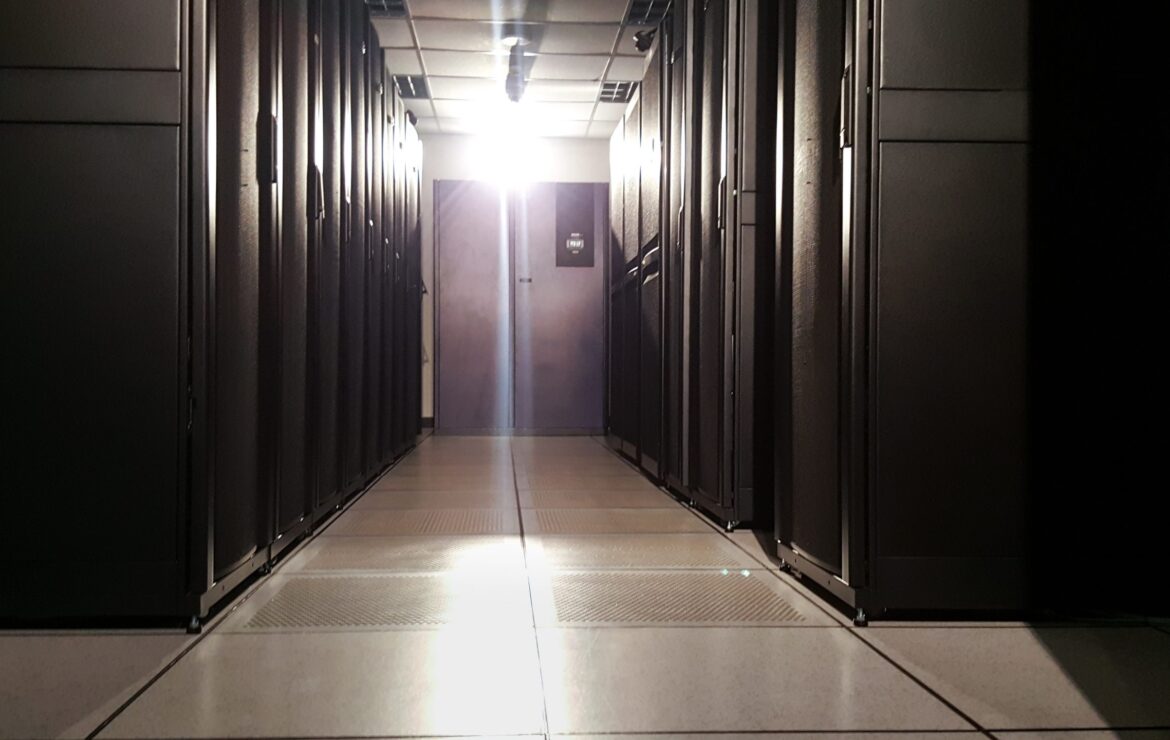
UPS Run Time, Redundancy, and Outages, Part 3
As we’ve considered what an uninterruptible power supply (UPS) is and the function it serves (part 1), as well as the necessary voltage and amperage it requires (part 2), it’s time now to consider run time, redundancy, and outages. In the third and final installment of our series on the ins and outs of UPSes, we dive into the final stages of your decision-making when choosing the right UPS for your business operations.
Considering run time when choosing a UPS
In addition to voltage and amperage selection, you should also consider the length of time you want to be able to run on a battery when you lose utility power. UPS manufacturers usually offer a design tool that allows you to input variables, such as:
- Maximum power (watts)
- Type of input power (120v, 208v, 240v)
- Type of output power (like input, but sometimes a UPS will come with a transformer so you can have access to both 208v and 120v power from the UPS)
- The number and type of outlets
- The desired battery run time
The result is the recommended battery run time, which will depend on the total load of the equipment connected to the UPS and the capacity of the internal battery to support that equipment.
Many models allow the addition of external batteries which can extend the run time (but not the load capacity). In fact, frequently adding an external battery to the UPS is more cost-effective than investing in a larger capacity UPS for extending run time. For example, ZAG has found that some models of APC UPSes with a 750 VA rating, plus an external battery, are more cost-effective and provide longer run times than a 1500VA model without the extra battery.
Most manufacturers can provide graphs and/or charts showing run time for a given load, with and without extra batteries.
For servers, you want to provide enough run time for the servers to be cleanly shut down before the power runs out (at least 15 minutes). Most UPS manufacturers provide software that can communicate with a UPS so that servers can be notified when the UPS switches to the battery and can automate the shutdown process.
UPS redundancy and availability
There are many redundancy options to consider, which can cause the cost to greatly vary. The needs of your business will be determined by how critical it is that the equipment run, the types of outages you want to ensure are covered, and the ability or willingness to incur the costs of the needed redundancy.
There are four outage scenarios to consider:
Utility power failure. What equipment needs to be covered when there is a general utility power failure, either to the building or to the area.
Circuit failure. ZAG recommends that any network closets, server racks, etc., be provided with dedicated circuits to ensure that circuits won’t be tripped by usage outside of the IT department’s control. This also helps provide cleaner power in industrial environments (although total plant load can also contribute to less-than-clean power). If the services provided by your equipment are critical enough to ensure some level of survivability in the event of a circuit failure, you will want to provide redundant circuits to feed your equipment. There are several ways to do this (far outside the scope of this article) but the most obvious is to provide two UPSes supplying power to equipment with multiple power supplies so that failure of one circuit will not result in total loss of power to your equipment.
UPS component failure. You may want to protect against the failure of the UPS. For the most part, this can be mitigated by proper maintenance, but it can happen. Some ways to address this involve multiple circuits as discussed above. Some UPSes also provide a bypass feature (some are manual, and some are automatic) that allows main utility power to be provided, bypassing the regeneration and battery components of the UPS.
Device power failure. Many IT devices have multiple power supplies to specifically address some of the redundancy situations discussed above, in addition to expanding power capability and providing redundant power within the device itself. Devices with two or more power supplies cannot always run with their full normal load when running on a reduced number of power supplies, but sometimes less is better than none. You will want to consider the scenarios above when deciding where to connect redundant power supplies.
What are the next steps for selecting the right UPS?
We’ve discussed why a UPS is important to ongoing business operations as part of an overall supply chain, as well as how to determine the proper equipment selection that will meet the needs of your organization. Now it’s time to figure out what works best for your business.
Ready to discuss it with the ZAG team? Contact us for additional considerations for your equipment purchase, as well as other questions around business continuity planning.